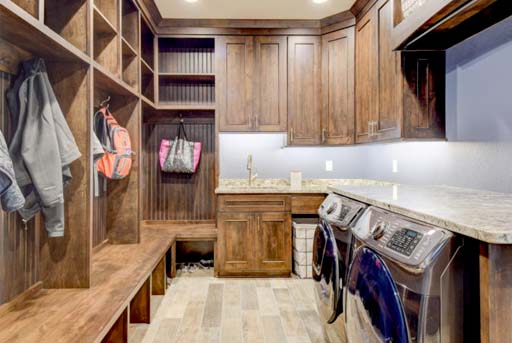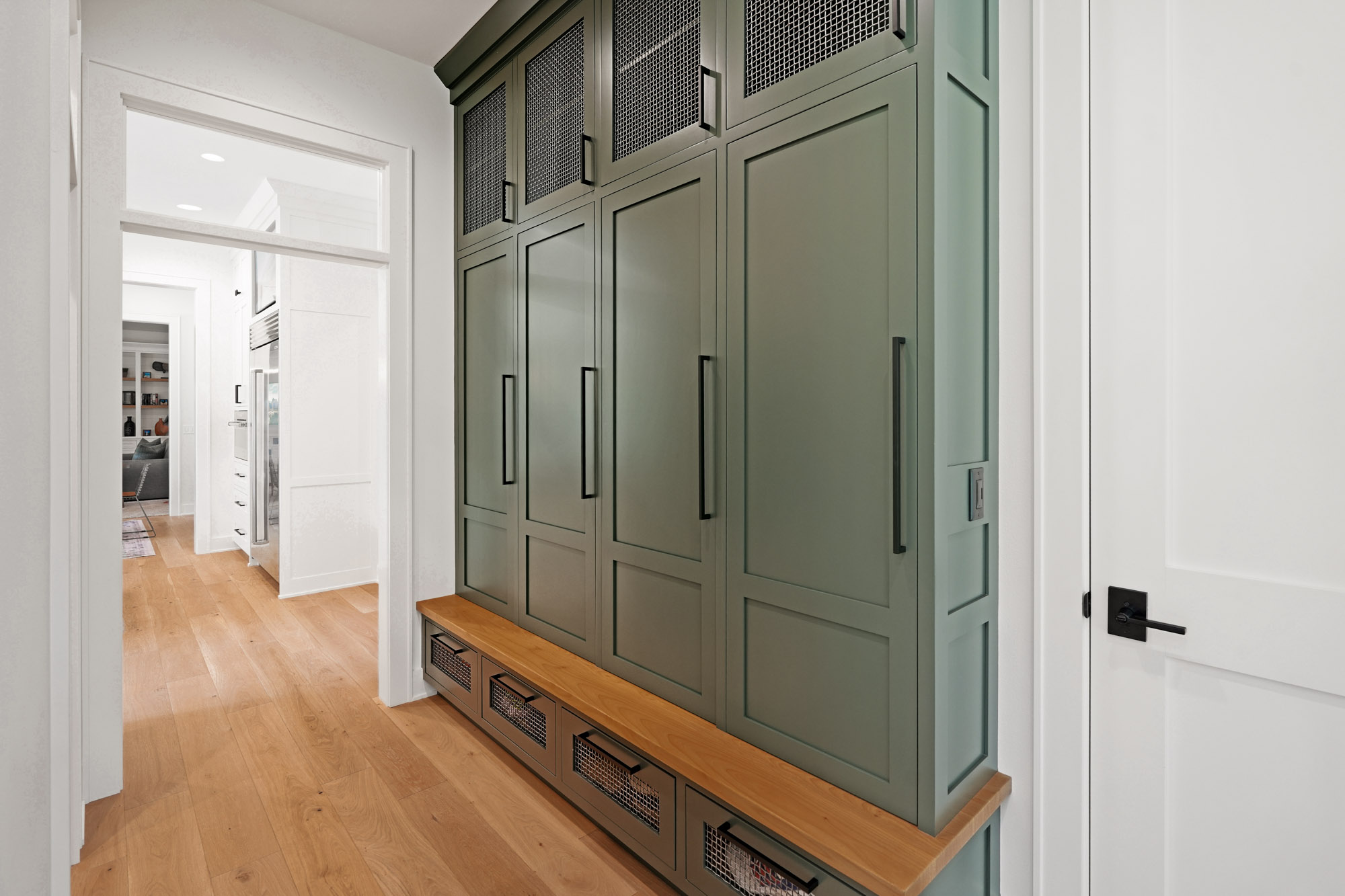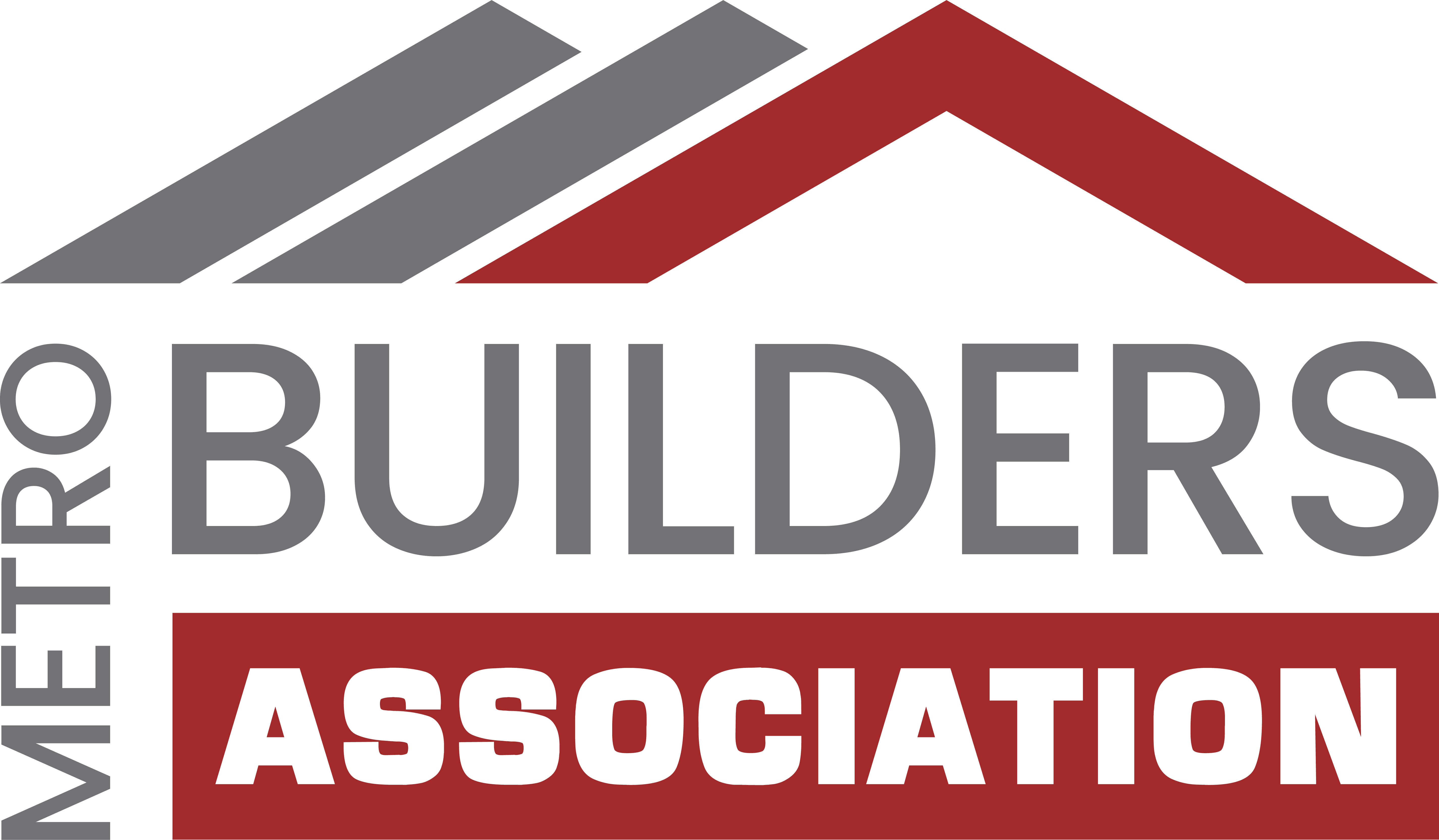Searching for walk in pantry ideas that make daily life easier? This guide outlines smart zones, storage bins, labeling tips, and design choices that can transform your pantry into a true second kitchen. Use our checklist to plan your layout, streamline your routine, and keep groceries visible and fresh. If you want help designing a pantry that matches your home and lifestyle, Redleaf Homes is here to guide you from concept to completion.
Why a walk-in pantry can function like a second kitchen
A great pantry does more than store food. It supports how you cook, prep, and entertain. When designed with intention, your walk-in pantry becomes a behind-the-scenes workspace where you can stage appliances, manage inventory, and keep the main kitchen clean and calm. The result is faster meal prep, less clutter on counters, and a space that feels like a mini culinary hub. With the right walk in pantry ideas, you can turn even a small footprint into a powerful extension of your kitchen.

Plan your layout for everyday efficiency
Measure, map, and assign zones
Start by measuring your space and sketching a simple floor plan. Then assign zones based on your routine. This keeps similar items together and puts the most-used essentials within easy reach. Redleaf Homes often begins pantry planning with a zone map that mirrors how a family cooks and shops, which makes every inch count.
- Daily use zone: Breakfast items, coffee, tea, snacks, bread, nut butters.
- Cooking base zone: Oils, vinegars, broths, canned tomatoes, grains, pasta.
- Baking zone: Flour, sugar, leaveners, chocolate, baking supplies, mixing bowls.
- Produce zone: Onions, potatoes, squash stored in breathable bins.
- Beverage zone: Sparkling water, sodas, juice boxes, wine storage if needed.
- Entertaining zone: Serving platters, linens, candles, backup paper goods.
- Appliance zone: Instant pot, stand mixer, air fryer, toaster, blender.
- Backstock zone: Extra staples, paper towels, bulk buys, party supplies.
- Cleaning zone: Paper towels, trash bags, light cleaning tools, spill kits.
Plan clear pathways and door styles
Good flow prevents crowding. Allow at least 36 inches for walking space if you have shelving on both sides. In small or narrow pantries, use 12 to 14 inch shelves on one side and slimmer shelves or hooks on the other to keep the aisle open. Consider a pocket door or an outswing door so it does not block shelves. If the pantry is visible, a glass door can bring in light while showcasing your organization.
Right-height storage for the right items
Place daily items between knee and eye level. Store bulk and backstock up high or down low. Use kid-friendly baskets on lower shelves for snacks so children can help themselves without tearing through the entire pantry.
Smart storage solutions that actually work
Shelving that fits your food
Sturdy, adjustable shelving is the backbone of effective pantry design. Use deeper shelves, 16 to 20 inches, for appliances and large bins. Reserve 10 to 14 inch shelves for cans and pantry staples so items do not get lost. Adjustable shelves let you reconfigure the space when your needs change, which is one of the most useful walk in pantry ideas for growing families.
Bins, baskets, and clear containers
Use a mix of clear containers, labeled bins, and wire baskets. Clear containers help you see quantities and reduce waste. Bins group like items so the shelf stays tidy. Wire or mesh baskets allow air circulation for produce like onions and potatoes. Choose square or rectangular containers to maximize shelf space and keep rows neat.
Turntables and risers for easy visibility
Turntables are perfect for oils, vinegars, sauces, and condiments. Can risers keep labels visible and prevent forgotten items from expiring in the back row. These small tools add big value in tight corners or upper shelves.
Pull-out drawers and vertical dividers
Full-extension drawers make it easy to see everything at a glance. Vertical dividers keep cutting boards, baking sheets, platters, and trays upright and easy to grab. If you love to bake, a pull-out for your stand mixer base can make heavy lifting easier.
Appliance parking and power access
If you want a true second-kitchen feel, plan a landing zone for small appliances and include outlets. A countertop inside the pantry can host coffee makers, toasters, and blenders, which keeps your main kitchen uncluttered. Ask your builder to add dedicated circuits as needed. Redleaf Homes regularly integrates hidden appliance garages and task outlets as part of custom pantry builds.
Labeling and inventory control
Labeling makes organization stick. Use simple, readable labels on bins and containers. Keep a small notepad or whiteboard in the pantry for running grocery lists. When you decant items like flour or rice, add a discreet label with the expiration date on the bottom or back. Rotate older items to the front each time you shop. If you buy in bulk, store the overflow in a backstock bin labeled by category, then refill as needed. Consistent labeling supports the system, which saves time and reduces waste.
Lighting, ventilation, and finishes that elevate the space
Lighting turns a pantry from a closet into a workspace. Layer general and task lighting with a bright overhead fixture and LED strips or pucks under shelves. Motion sensors are helpful when hands are full. Ventilation matters too. Good airflow protects dry goods and limits humidity. For finishes, choose durable and wipeable surfaces. Painted or laminate shelves with smooth edges are easy to clean. A simple quartz or butcher block counter offers a sturdy prep surface. If you want a showpiece pantry, consider glass jars, uniform containers, and a coordinating color palette so your storage becomes part of the design.
Design ideas for every pantry size
Small and narrow pantries
Focus on shallow shelves, consistent containers, and vertical space. Use door-mounted racks for spices, wraps, and snacks. Add ceiling-height shelving for less-used items. Keep a folding step stool within reach. Limit redundancy to prevent clutter. A few thoughtful walk in pantry ideas, like slim turntables and over-the-door storage, can double your usable space.
Medium family pantries
Create a clear daily zone at arm’s reach, then a baking zone and appliance area nearby. Add a short counter for quick prep or lunch packing. Store kids’ snacks low and entertaining pieces up high. Choose drawers for snacks and breakfast packets so mornings go faster.
Large luxury pantries
Consider a sink for quick cleanup and a beverage center or built-in coffee station. Add a second dishwasher if you entertain often. With help from Redleaf Homes, you can integrate refrigeration drawers, warming drawers, or a wall oven to turn your pantry into a true back kitchen. Add decorative lighting and a cohesive finish palette so the space looks as good as it performs.
Seasonal and special-diet organization
If your household has dietary needs, dedicate labeled bins by person or diet type. Keep gluten-free or allergy-safe items together. For seasonal cooking, group grilling supplies, holiday baking, and canning tools into bins you can swap in and out. Store duplicates only if you use them often or if they support your entertaining style.
Easy maintenance routine
Organization is not a one-time task. A simple routine keeps your pantry clean and efficient without becoming a chore.
- Weekly: Quick tidy. Move older items to the front. Wipe crumbs and check produce.
- Monthly: Wipe shelves, review labels, and restock staples. Toss expired goods.
- Quarterly: Revisit zones. Adjust shelves. Donate unused shelf-stable items.
- Seasonally: Swap specialty bins and review backstock to avoid waste.
Common mistakes to avoid
- Using shelves that are too deep for cans and jars, which hides food.
- Skipping labels and assuming you will remember where things go.
- Ignoring vertical space. Ceiling-high shelves are prime real estate for backstock.
- Buying too many containers before measuring your shelves.
- Forgetting lighting and outlets, which limits how you use the space.
- Mixing daily items with backstock, which leads to clutter and duplicates.
Walk in pantry ideas checklist
- Measure the space and note ceiling height, door swing, and outlet locations.
- List daily items and define zones that match your routine.
- Specify shelf depths by category. Use 10 to 14 inches for staples, 16 to 20 for appliances.
- Plan lighting. Overhead plus task lighting for high-use shelves.
- Choose containers by size and category. Favor clear, squared containers.
- Add turntables, risers, and dividers to improve visibility and access.
- Designate an appliance zone with adequate power and clearance.
- Set up a labeling system and add a small inventory list or whiteboard.
- Assign kid-friendly and allergy-safe zones if needed.
- Build a weekly and monthly maintenance routine into your calendar.
How Redleaf Homes can help you build a better pantry
Since 2011, Redleaf Homes has helped homeowners across Southeastern Wisconsin and the Northwoods create custom spaces that fit real life. Based in New Berlin, Wisconsin, Redleaf Homes is known for exceptional craftsmanship, thoughtful planning, and a collaborative approach that keeps clients informed. When you want a pantry that acts like a second kitchen, Redleaf can design the layout, select durable finishes, and handle construction with care.
Redleaf Homes offers full-service custom home design, home planning, home building, remodeling, and home additions. That means your pantry can be part of a new build or a remodel that upgrades your existing kitchen. The team coordinates details like lighting, power, shelving systems, and door solutions so there are no costly surprises. With clear communication and a focus on function, Redleaf ensures your pantry supports daily life and looks great doing it.
Custom design and planning for your pantry
The best walk in pantry ideas start with your habits. Redleaf Homes begins with an in-depth conversation to understand how you shop, cook, and entertain. From there they propose a zone plan, shelf depths, container strategy, and finishes that align with your style. During planning, the team provides clear timelines and budgets so you know what to expect and when.
Remodeling and additions that fit your home
If your current kitchen lacks storage, Redleaf Homes can rework adjacent spaces to add a walk-in pantry or a scullery-style back kitchen. For older homes, they blend new cabinetry and finishes with existing architecture for a seamless look. Whether you need a compact reach-in upgrade or a full pantry with a prep sink and appliances, the team tailors the solution to your space.
Redleaf Homes serves New Berlin, Waukesha, Pewaukee, Delafield, Oconomowoc, Lake Country, and surrounding areas. To start your project, visit 17035 W Greenfield Ave, New Berlin, WI or call 262-599-8061. The Redleaf team is ready to turn your ideas into a pantry that works as hard as you do.
FAQs about walk in pantry ideas
What shelf depth works best?
Use 10 to 12 inches for cans and jars to keep labels visible. Choose 14 inches for cereal boxes and taller containers. Reserve 16 to 20 inches for appliances and large bins. Mixing depths gives you flexibility without wasting space.
How do I keep the pantry kid friendly?
Use low bins labeled with snacks and breakfast items. Choose latch-free containers that are easy to open. Keep breakable or adult-only items up high. A simple picture label can help younger kids put items back correctly.
Do I need a sink or dishwasher in a pantry?
Not always. A sink helps if you prep produce or bake often, and a second dishwasher is convenient for frequent entertaining. If space is tight, focus on a small counter and outlets for small appliances instead.
What finishes are easiest to clean?
Painted or laminated shelves with smooth edges wipe down quickly. Quartz or sealed butcher block counters are durable. Choose semi-gloss paint for walls and high-quality hardware that resists fingerprints.
Should I decant everything into containers?
Decant frequently used staples like flour, sugar, rice, and snacks. Keep specialty items or irregular shapes in original packaging grouped in bins. Prioritize visibility and freshness over uniformity.
Your next step
With the right walk in pantry ideas, your storage can feel like a second kitchen that works quietly in the background. Define your zones, pick the right shelves and bins, dial in labeling, and add lighting to make it shine. If you want a custom design and a smooth build process, contact Redleaf Homes. Their experienced team will plan, design, and construct a pantry that is perfectly matched to your home and routine. Call 262-599-8061 or stop by 17035 W Greenfield Ave, New Berlin, WI to start your project today.

Thinking about building new in SE Wisconsin? Give us a call to discuss your options!







